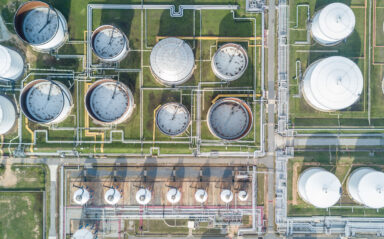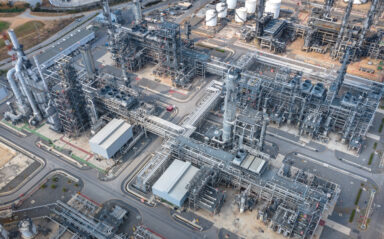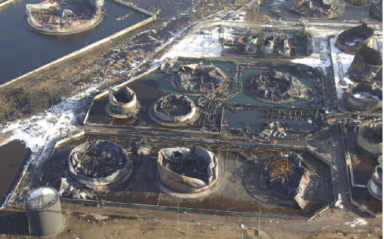
An extended procedure to predict flammable cloud generation resulting from tank overfilling scenarios
The early empirical approach to understand the tank overfilling scenario from the Buncefield accident was limited in its application.
Gexcon has expanded the model to calculate the vapour cloud generation due to the overfilling of a tank containing volatile liquid to consider other materials and (weather) conditions, which we will explain at the 2022 International Loss Prevention Symposium.

How to simulate Confined Vapour Cloud Explosions (VCEs) in EFFECTS
VCEs are generally seen as one of the most destructive accident scenarios in petrochemical operations. That is the reason why predicting potential consequences of VCEs is of extreme importance in safety assessments because this allows us to take mitigating measures adapted to the expected consequences.

How to simulate the tank overfilling phenomenon
This blog explains explain how a tank overfilling phenomenon can lead to the generation of a very flammable vapour cloud, and how this phenomenon can be simulated in Gexcon’s consequence modelling software EFFECTS.

Working with the UK’s first ever multifunctional LNG Terminal.
Gexcon Consulting recently worked with the UK’s largest LNG storage facility located on the Isle of Skye, Scotland. The facility is located at a fish feed production factory and therefore presents a very different level of risk than the primary operations.

Modelling dense gas dispersion in urban environments
Unsuitable dispersion modelling may under/ over predict the dense gas hazards, resulting in the implementation of unnecessary risk reduction measures.

The 7 essential hazards in LNG facilities
A key risk in LNG facilities is an uncontrolled release of a cryogenic, toxic, or flammable fluid. Such releases can originate in various parts of the process system.

Learnings from the Buncefield oil storage depot explosion: The third key question
To mark the 15th anniversary of the Buncefield Storage Oil Storage Depot explosion which injured 40 people in 2005, we reflect on the third of three key questions raised by the Health and Safety Executive at the time of the criminal prosecution.

Learnings from the Buncefield oil storage depot explosion: The second key question
On the 15th anniversary of the Buncefield Oil Storage Depot Explosion, we reflect on the second of three key questions raised by the Health and Safety Executive at the time of the criminal prosecution.

Learnings from the Buncefield oil storage depot explosion: The first key question
As we reflect on the 15th anniversary of the Buncefield Oil Storage Depot explosion which injured 40 people in 2005, we look at the first of three key questions raised by the Health and Safety Executive at the time of the criminal prosecution.